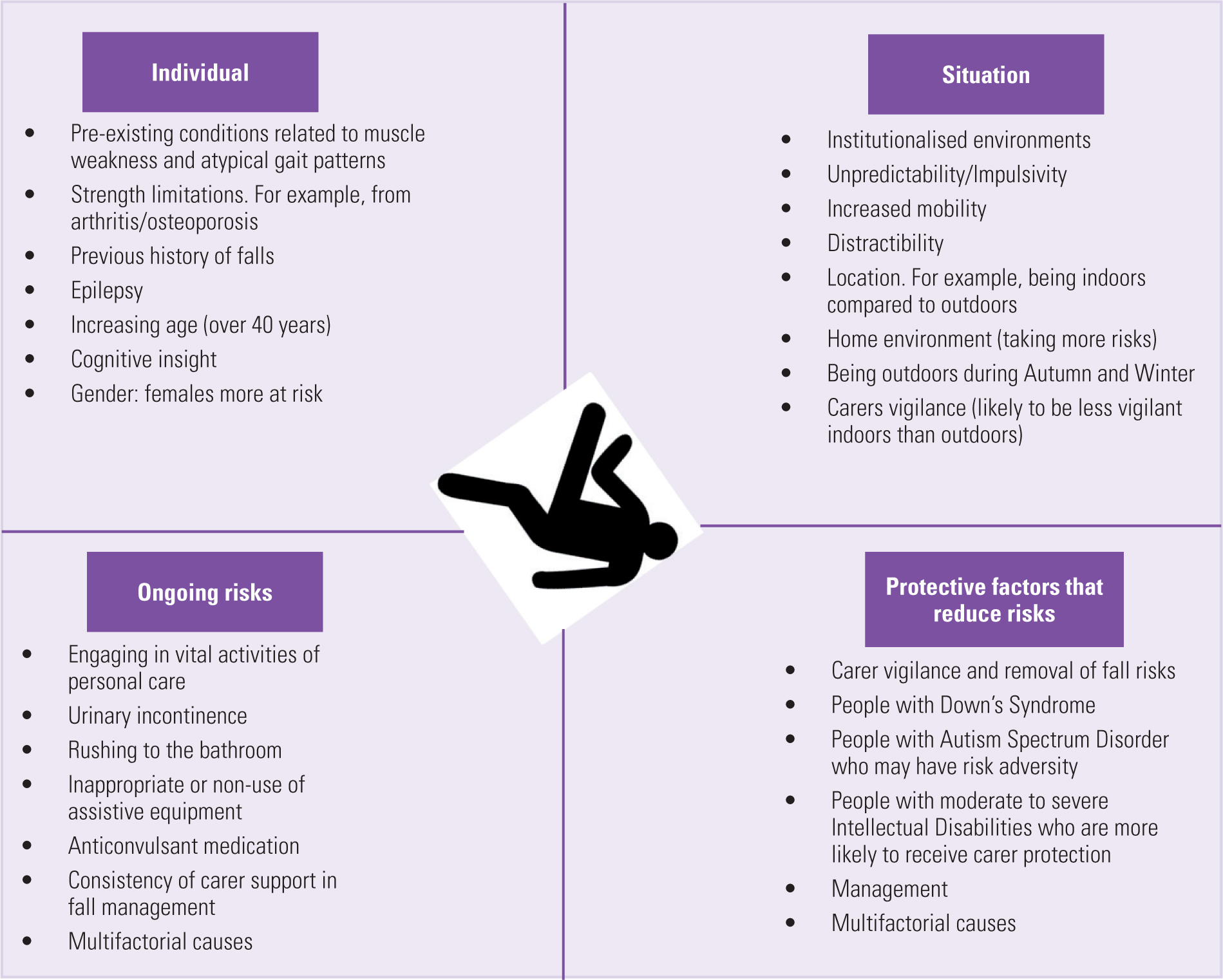The Single Strategy To Use For Dementia Fall Risk
The Best Guide To Dementia Fall Risk
Table of ContentsThe Buzz on Dementia Fall RiskThe 6-Minute Rule for Dementia Fall RiskThe Basic Principles Of Dementia Fall Risk How Dementia Fall Risk can Save You Time, Stress, and Money.
A loss danger evaluation checks to see how likely it is that you will fall. It is primarily provided for older grownups. The analysis typically consists of: This includes a series of questions about your total health and wellness and if you've had previous drops or issues with balance, standing, and/or strolling. These tools check your strength, equilibrium, and stride (the way you walk).Treatments are suggestions that might minimize your risk of dropping. STEADI consists of 3 steps: you for your threat of dropping for your threat factors that can be improved to attempt to avoid falls (for instance, balance troubles, damaged vision) to minimize your danger of falling by utilizing effective methods (for example, supplying education and learning and resources), you may be asked several questions including: Have you dropped in the previous year? Are you worried concerning falling?
If it takes you 12 seconds or more, it may mean you are at greater threat for a loss. This examination checks toughness and balance.
The settings will get more difficult as you go. Stand with your feet side-by-side. Relocate one foot halfway forward, so the instep is touching the huge toe of your other foot. Relocate one foot completely before the other, so the toes are touching the heel of your other foot.
The Main Principles Of Dementia Fall Risk
The majority of drops happen as a result of numerous contributing elements; therefore, taking care of the danger of dropping starts with recognizing the elements that add to drop danger - Dementia Fall Risk. Some of one of the most appropriate risk aspects include: History of prior fallsChronic clinical conditionsAcute illnessImpaired gait and equilibrium, lower extremity weaknessCognitive impairmentChanges in visionCertain risky medications and polypharmacyEnvironmental variables can likewise boost the danger for drops, including: Inadequate lightingUneven or damaged flooringWet or slippery floorsMissing or damaged hand rails and get barsDamaged or poorly equipped devices, such as beds, wheelchairs, or walkersImproper use assistive devicesInadequate supervision of the individuals living in the NF, consisting of those who exhibit aggressive behaviorsA effective autumn danger administration program needs a comprehensive scientific analysis, with input from all participants of the interdisciplinary team

The care strategy should likewise include interventions that are system-based, such as those that promote a safe environment (appropriate lights, hand rails, get hold of bars, and so on). The efficiency of the interventions ought to be reviewed occasionally, and the care plan revised as essential to mirror adjustments in the autumn threat assessment. Implementing a visit homepage fall danger administration system using evidence-based finest technique can decrease the occurrence of falls in the NF, while restricting the potential for fall-related injuries.
Dementia Fall Risk Fundamentals Explained
The AGS/BGS standard recommends evaluating all grownups matured 65 years and older for fall danger annually. This screening is composed of asking individuals whether they have actually dropped 2 or even more times in the past year or looked for medical focus for an autumn, or, if they have actually not fallen, whether they really feel unstable when walking.
People that have dropped once without web injury needs to have their balance and gait examined; those with gait or equilibrium abnormalities need to receive additional analysis. A background of 1 loss without injury and without stride or balance problems does not require additional assessment past continued annual fall danger testing. Dementia Fall Risk. A fall danger analysis is required as component of the Welcome to Medicare examination

The 6-Minute Rule for Dementia Fall Risk
Documenting a drops history is just one of the top quality indicators for loss prevention and management. An essential component of danger assessment is a medicine evaluation. Several courses of medications boost autumn danger (Table 2). Psychoactive medications particularly are independent predictors of falls. These drugs tend to be sedating, alter the sensorium, and hinder equilibrium and gait.
Postural hypotension can usually be reduced by minimizing the dosage of blood pressurelowering medications and/or stopping medications that have orthostatic hypotension as an adverse effects. Use above-the-knee assistance pipe and resting with the head of the bed boosted might likewise reduce postural decreases in high blood pressure. The preferred aspects of a fall-focused physical assessment are displayed in Box 1.

A Yank time better than or equivalent to 12 secs recommends high loss threat. Being unable to stand up from a chair of knee elevation without using one's arms indicates increased fall risk.